About pliegOS
The concept of pliegOS is nothing new, just a digitized version of something that dates back to the first printing presses and the way literature was distributed through the streets of cities at the beginning of the Gutenberg era and up to cordel literature, and more recently the culture of fanzines.
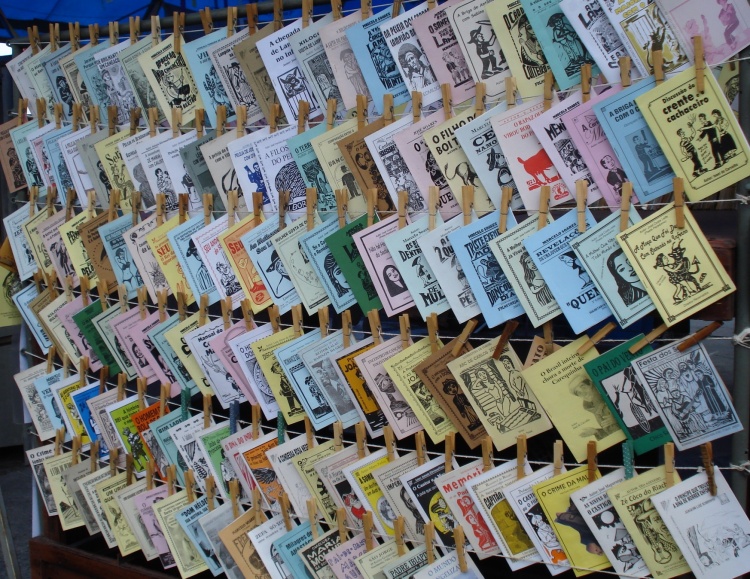
Format & origins
A pliego (traditionally called a ‘quarto‘) was the first known format of printed book in Europe. It designates a booklet or pamphlet that is a quarter of a folio in size: a quarter is obtained by folding the paper twice, which yields eight pages of text by printing on each side. It is believed that the first pliego, the Sibyllenbuch, was printed between 1452 and 1453, before the Gutenberg Bible, which has survived only as a fragment. Continuing the Western traditions of popular literature, such as ‘chapbooks‘ and cordel literature, this format spread to Spain and Portugal during the 18th and 19th centuries, offering readers a wide range of topics, from basic instruction to political treatises.
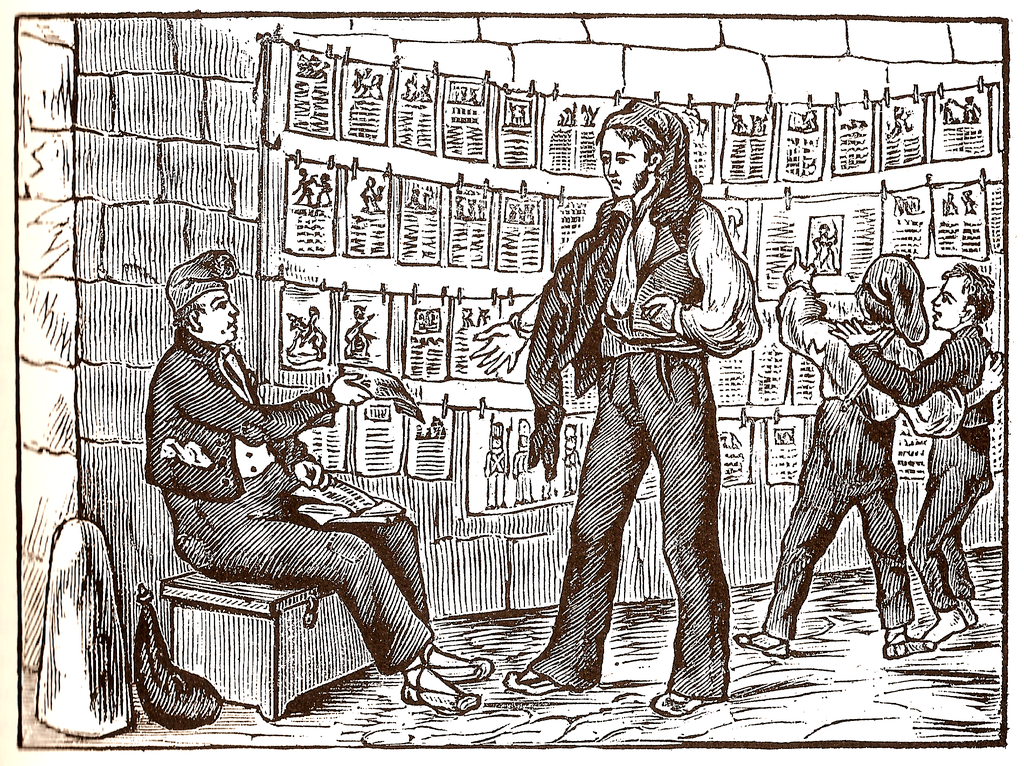
Micro-contents to the power!
Whether we like it or not, small and short is now the norm. We have less time for long texts, social network’s micro-messages are here to stay, and we end up reading things in small blocks of time anyway. Consider each pliego as a minimum unit of content. It can be quick fiction but also the first chapter of a larger adventure, or a series of poems, the first of many pamphlets. Or part of a course, a module of something broader to learn…
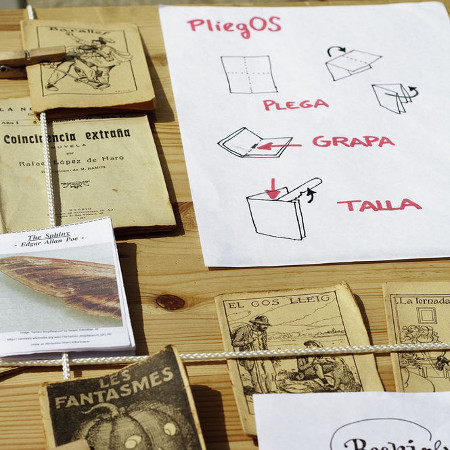
Motivation
A book is more than a verbal structure or a series of verbal structures; it is the dialogue it establishes with its reader and the intonation it imposes on its voice, and the changing and lasting images it leaves in their memory. A book is not an isolated being: it is a relationship, an axis of countless relationships ― Jorge Luis Borges
Initial discovery
The idea has to do with an unusual finding: an old suitcase abandoned in a family garage. Inside, a collection of about 200 Catalan pliegos from between 1910 and 1915, published within the broader collection of En Patufet. These yellowed, folded, and cut pages in the same way we do here (some of them bound with a red thread) tell the story of many tales and handmade covers, thanks to the infinite imagination of Josep Mª Folch i Torres.
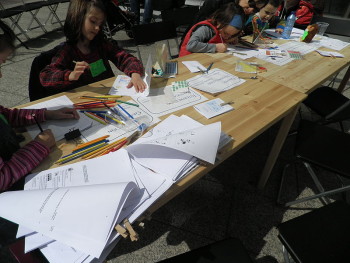


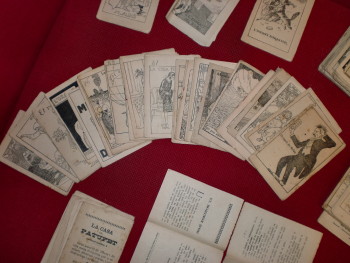
The pliegOS project is promoted / conceived / co-developed from the FemProcomuns cooperative in collaboration with Common Margins, FemFum and InLoft, more specifically by:
- Enric Senabre Hidalgo
- David Gómez Fontanills
- Marcantoni Malagarriga-i-Picas
- Ariadna Torres
- Mònica Garriga
- David Jacovkis
- Ricard Espelt
Contact: esenabre@ub.edu
Some initiatives from the project
- Stall at the 2nd Barcelona Ecoxarxa Exchange Fair (2010)
- Printing and illustration station for pliegos at the 7th edition of Kosmopolis (2011)
- Source code of the PliegO-Maker layout tool (FLOSS)
- Video-presentation pliegO’Maker for Hackovid 2020
- PliegO’Maker presentation at ATypI All Over Conference (includes video)
- PlegaVeu: poetry reading with voice-to-pliego transcription (includes video)
- PliegO’Maker tool for Plegaveu experimental edition (prototype)
- Dolors: collaborative ethnography for a photography exhibition (FineArt Festival Igualada 2023)
- No-interface PliegO’Maker experiment for Sònar (demo)
- Print workshop for “30 segons” expo by Asier Gogortza (FineArt Festival Igualada 2024)
- pliegO’Maker estatus May 2024 (in Catalan)
- Mobile chapbook-zine station at re:publica Berlin, dodging AI tentacles with analog reading-writing (2024)


